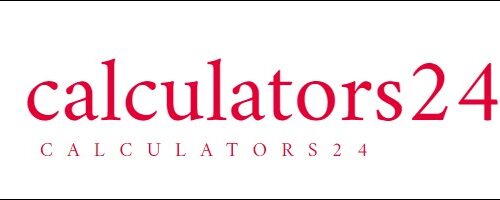Enter the number of bits:
Result:
Pebibits (Pib)Navigating the Digital Landscape: Unraveling the Bits to Pebibits Conversion
In the expansive realm of digital information, a profound comprehension of measurement units becomes paramount, especially when confronted with colossal volumes of data. This article delves into the intricacies of bits and pebibits, shedding light on their significance and introduces an intuitive converter facilitating seamless transitions between these units.
Bits: The Elemental Foundations of Digital Information
Bits, succinctly derived from “binary digits,” stand as the elemental components of digital information. Operating within a binary spectrum of 0s and 1s, each bit forms the basic building block of all digital content, encompassing text, images, videos, and software. In the realms of digital communication and computation, bits serve as the fundamental language, shaping the entirety of the digital landscape.
Pebibits: Gauging Data on an Unprecedented Scale
In the contemporary digital epoch, the requisites for data storage and transmission have soared to unparalleled heights. This is where units of a grander scale, such as “pebibits,” assume a pivotal role. A pebibit (Pib) emerges as a colossal unit, equivalent to a staggering 1.13 quadrillion bits (1,125,899,906,842,624 bits). Commonly employed in articulating vast data transmission capacities, particularly in telecommunications, high-speed networks, and data transfer rates, pebibits stand as a testament to the magnitude of our digital age.
The Art of Converting Bits to Pebibits
Transitioning from bits to pebibits necessitates bridging the substantial gap in scale between these two units. The conversion process, while seemingly intricate, adheres to a straightforward formula:
Number of Pebibits (Pib)=
1,125,899,906,842,624
Number of Bits
To simplify this conversion, we present the “Bits to Pebibits Converter” above. By inputting the desired number of bits and clicking the “Convert” button, the converter promptly reveals the equivalent number of pebibits, rendering the process effortlessly comprehensible.
Understanding the symbiotic relationship between bits and pebibits proves indispensable, especially when confronted with extensive data transmission prerequisites. This converter stands as a user-friendly tool, easing the transition between units and thereby facilitating streamlined data management, communication, and analysis in the realm of extensive data transfer capacities and high-speed digital networks.
